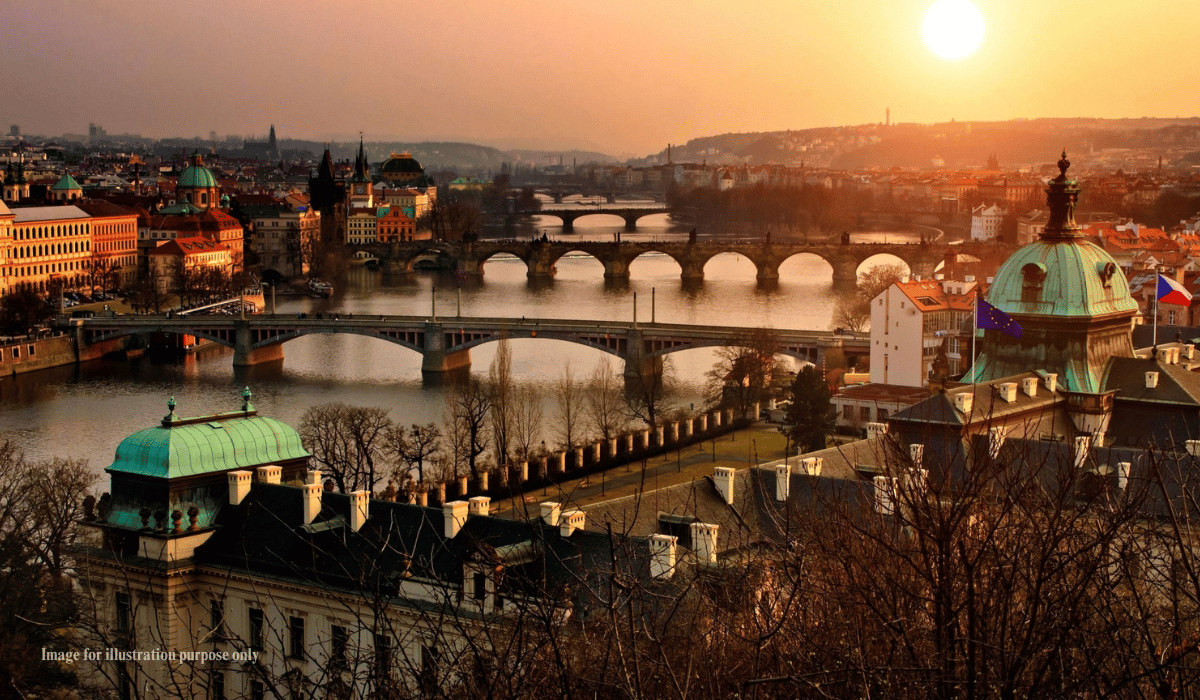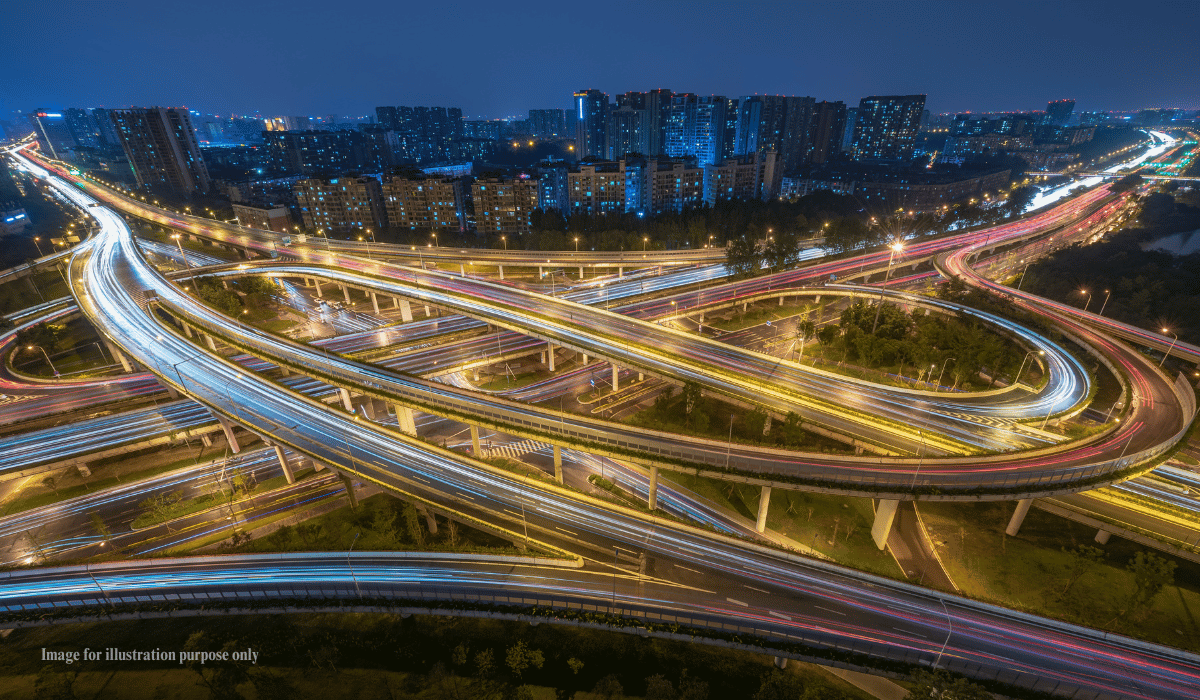The Indian subcontinent has been home to flourishing civilizations since the beginning of time, and has, therefore, borne witness to the rise and subsequent falls of a multitude of kingdoms. With the idea of leveraging India’s prosperity, European countries from the West proposed allies in different forms.
Making spice-trading the prime agenda for visiting India, Europeans paved their way to the Indian subcontinent. Keeping colonization, religious propagation, and plundering as a hidden agenda, they further began to set their base in India by constructing ports. While the Dutch and French were a part of this wagon, it was the Portuguese and the British who managed to secure their grip on parts of the Indian subcontinent. By the end of the 18th century, the British emerged as the ultimate colonial power to supersede Portugal and reign India for the forthcoming century.
The Impacts of Colonization on Architecture
Colonization has had a long-lasting impact across the globe. From experimenting with government forms to exploring technology, the period from the 18th to 20th century has been revolutionary. As the motive of colonization was global supremacy and power, the Europeans built magnificent structures as testaments of their authority. The structures initially constructed were for the purpose of assisting trade activities. Thus, ports, docks, warehouses, and residential forts were built along the coast to support Europe’s trade with India. With time and the strengthening grip of the colonial powers, structures of administrative, religious, and institutional importance were built. The infrastructure in India also improved by constructing concrete roads, bridges, and transit facilities.
Architecture of the Portuguese

The Portuguese stationed themselves along the South and West coast of India and maintained a stronghold over the states of Goa, Daman, Diu, Kerala, Dadra, and Nagar Haveli. As the colonizing power in these states, they constructed forts, churches, schools, and cathedrals. Since Portuguese colonies were located along the coast, the buildings were constructed in picturesque locations to provide excellent views of the sea. These structures were built in locally available materials, such as laterite stone.
The vibrant use of colours, intricacy in design, arched windows, wooden columns, stained-glass, and sloping roofs laid with mangalore tiles are peculiar characteristics of Indo – Portuguese architecture. The Portuguese buildings in India resemble design features inspired by the traditional Baroque and Manueline architectural styles that blended seamlessly with the prevailing vernacular architecture, thereby creating a new architectural vocabulary that was unique to those places. Se Cathedral in Goa is one of the finest examples of Indo – Portuguese architecture in India. It is also Asia’s largest church, built in the 16th century. The church has 14 altars, 8 chapels, and 5 bells and is listed as one of the UNESCO World Heritage sites. The cathedral was built as a blend of Portuguese and Manueline style while using locally sourced materials.
Architecture of the British

The British survived as the long-prevailing colonial powers in India and therefore built many formidable structures all over the country. With the cities of Kolkata (then Calcutta), Mumbai (then Bombay), Chennai (then Madras) forming the bases of their power, the Indo-Gothic architecture flourished in these locations. Many buildings of small and large-scale that housed British officers, served as workplaces and enhanced recreation spaces were constructed in the cities of prime importance.
Similar to the Portuguese, the British transformed their native Saracenic or Gothic style to suit India’s context. The Indo-Gothic architecture is characterized by pointed arches, vaulted ceilings, full-height stained-glass windows, flying buttresses, domes, turrets, spires, and ornate facade decorations. The Chhatrapati Shivaji Maharaj Terminus (then Victoria Terminus) in Mumbai is a classic example of Indo-Gothic architecture. Made of sandstone and limestone, the building today houses railway terminals and government offices of the state of Maharashtra. It is also listed as a UNESCO World Heritage Site.
Architecture of the French

French colonies in India were established in Pondicherry, Yanaon, Karaikal, Mah,e and Chandernagor. The Indo-French architecture adapted to India’s tropical climate and used local materials such as stone or stucco for construction. Features of this architectural style include shutter windows, dormers, round towers or gables, chimneys, and sloping roofs.
Pondicherry is a classic example of cultural blends, where the city sees a clear distinction of two thriving towns across the bridge. One being of the French community and the other being of the Tamil township. This French half of Pondicherry reflects in the smaller elements of cityscape such as signboards written in French, white-painted buildings, ornamented facades, etc.
Architecture of the Dutch

The Dutch hold over India was restricted to Kerala and parts of the Coromandel coast. The city of Kochi (then Cochin) has the most number of Dutch-style buildings. The Bolgatty Palace situated in Kochi is one of the oldest Dutch constructions in India. The other Dutch buildings thriving in Kochi include the St. Francis Church, the Old Harbour Hotel, and the Dutch warehouse headquarters.
While colonization had drastic negative effects on the economy and socio-political status of India, it also brought us a step closer to witnessing global culture through art and architecture. The colonial buildings in India stand today as architectural marvels that have much to share about building construction and technology. A striking common feature in all these architectural forms was their adaptability to India’s context. Understanding the local needs and keeping up with them is the key principle around which architecture revolves. Hence, these structures have stood the test of time by showing design flexibility, versatility, and forward-thinking.
Sources:
- Exploring Colonial Architecture in India – Part II
- India remains an antique showcase of Portuguese architecture
- Colonial architecture in India for the inquisitive traveller
- Gothic Architecture History, Characteristics And Examples
Disclaimer: The information contained herein have been compiled or arrived at, based upon information obtained in good faith from sources believed to be reliable. The opinions expressed within the content are solely the author’s and can be subject to change. The image featured in this article is only for illustration purposes. If you wish the article to be removed or edited, please send an email to editor@biltrax.com
Discover more from Biltrax Media, A Biltrax Group venture
Subscribe to get the latest posts sent to your email.





















